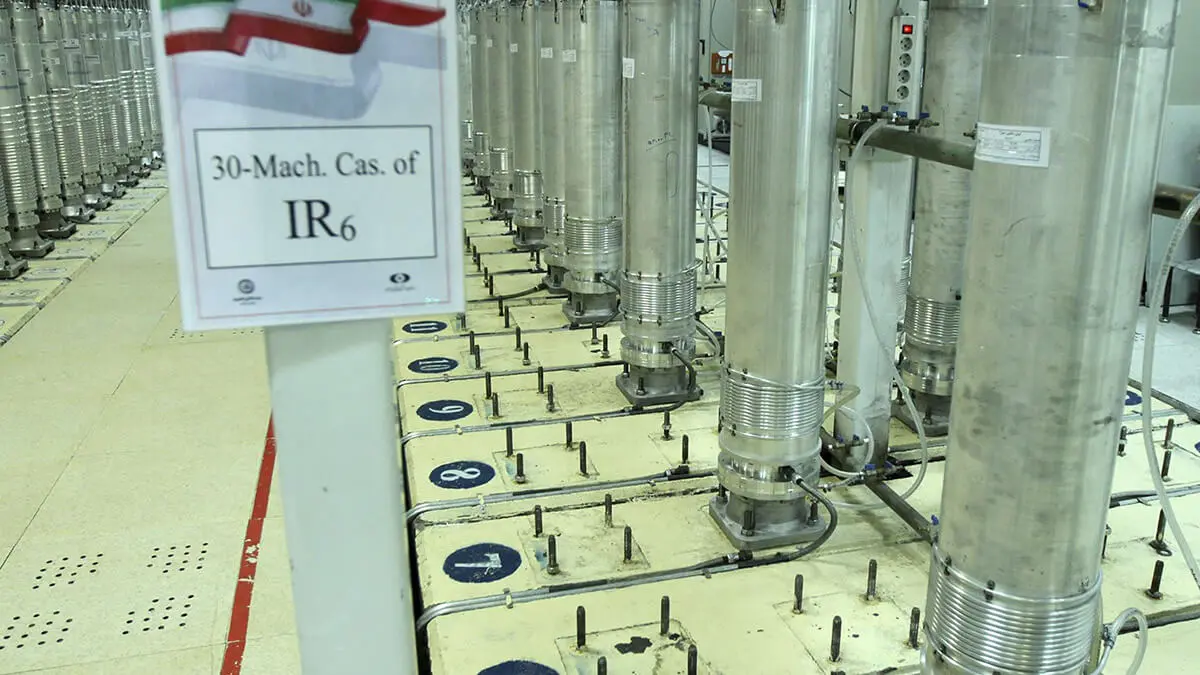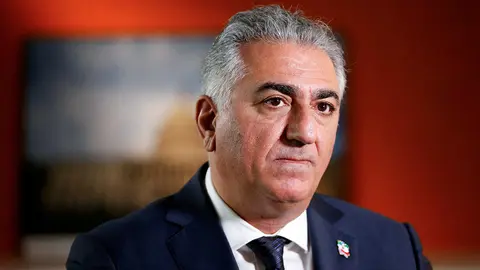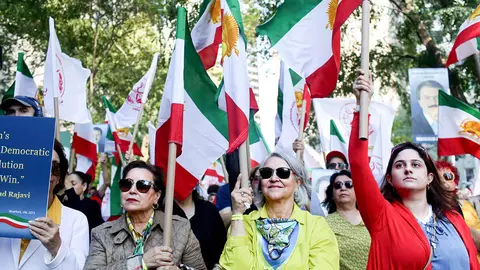The Iranian regime will never give up its nuclear programme

Hidden under the pretext of a satellite launch programme, two missile sites are now in full coordination with the regime's nuclear militarisation entity, the Organisation of Advanced Defence Research (SPND), which is particularly involved in the design of nuclear warheads for the Ghaem-100 solid-propellant missiles, which are equipped with mobile launch platforms.
According to a confidential internal memo, the regime is seeking to buy time by negotiating with European countries and even indirectly with the United States, in order to maintain the current status quo and complete its weapons programme. In the same document, the regime expresses its concern about the risk of the ‘snapback mechanism’ (which opens preventive actions against its nuclear programme) being activated in the UN Security Council. It plans to prolong the situation for another six months, after which the sunset clause of UN Security Council Resolution 2231 would make it obsolete.
The Iranian regime: warmongering and chaos
The Iranian regime's very existence is based on war and chaos. It would be naïve to believe that this regime, however weakened, can accept peace and stability in the region. Despite the heavy blows inflicted on his forces by means of intermediaries and the loss of Syria, a bastion of his warmongering, this senile dictator has not renounced his support for Hashd al-Shaabi in Iraq, Hezbollah in Lebanon or the Houthis in Yemen. The supreme leader of the regime, Ali Khamenei, recently received the head of the Hamas Executive Committee in Tehran on 6 February. His speech, contrary to what the Iranian ambassador to France claims about the non-military nature of his nuclear programme, is pure lies: as long as he has the means, he will continue with his destabilising actions.
On the other hand, Khamenei has repeated on numerous occasions: ‘The young Syrians will free their country once again’. An illusion, no doubt, but one that reveals the regime's desire to sow chaos in the region. It needs an external enemy to justify its control over Iran and perpetuate its domination through war and repression.
In the past, he declared: ‘If we do not fight in Syria, we will have to fight in Tehran and Isfahan’. Today, after losing Syria, he has raised a line of defence against his own people, with a thousand executions in 2024. Internal repression and military expansionism: the pillars of the regime's survival, to which Khamenei clings desperately.
Revolt, resistance and the inevitable fall of the regime
It is also immersed in internal conflicts, exacerbated by the collapse of its main regional stronghold, as well as growing external tensions.
In the spiral of its failures, rival factions of the regime have violently opposed the issue of negotiations with the United States. The regime's deputy intelligence minister declared that negotiations were the most deadly poison. He added: ‘This is what the Americans are telling us: ‘Either you withdraw or you will be overthrown’. Yesterday, Khamenei had the last word and declared: ‘Negotiation is not wise, nor intelligent, nor honourable’.
Thus, to compensate for the setbacks suffered, the regime has only one solution: to accelerate its nuclear programme without the slightest reservation. Although its leaders constantly invoke Khamenei's fatwa prohibiting the acquisition of nuclear weapons, they carefully avoid explaining why they enrich uranium to over 60% and build underground production plants.
Maryam Radjavi, the leader of the Iranian resistance movement, stated in her live televised message to the twenty thousand demonstrators gathered on Saturday 8th February in Denfert-Rochereau Square in Paris: ‘With or without negotiations, with or without a nuclear programme, the uprising and overthrow of the regime by the people and the organised resistance movement is inevitable’.



